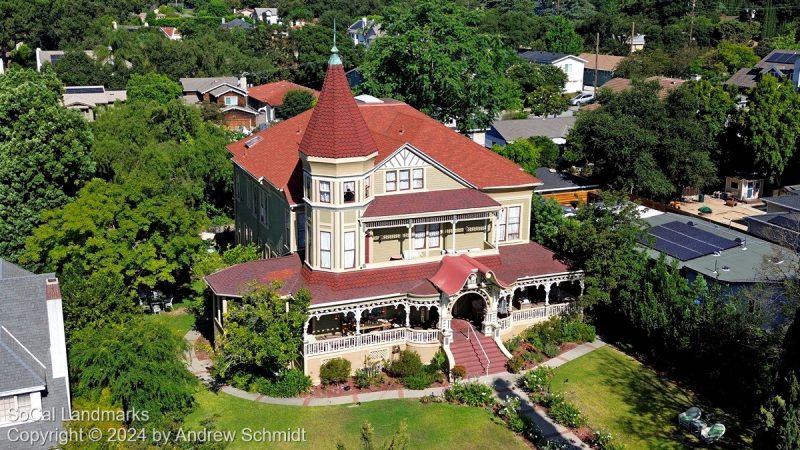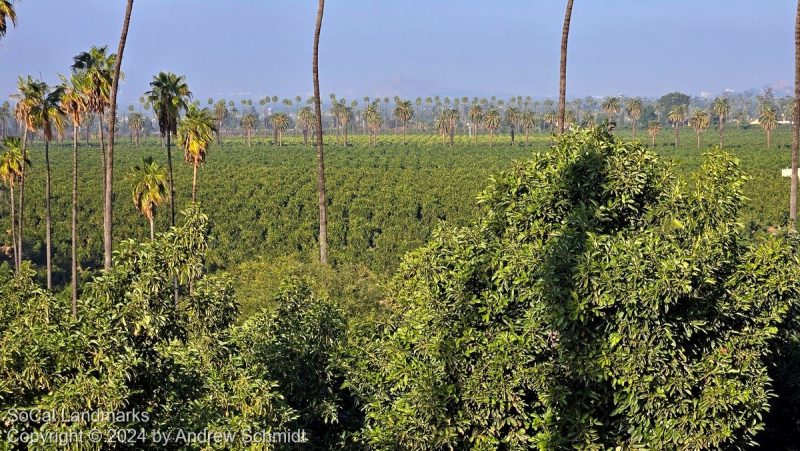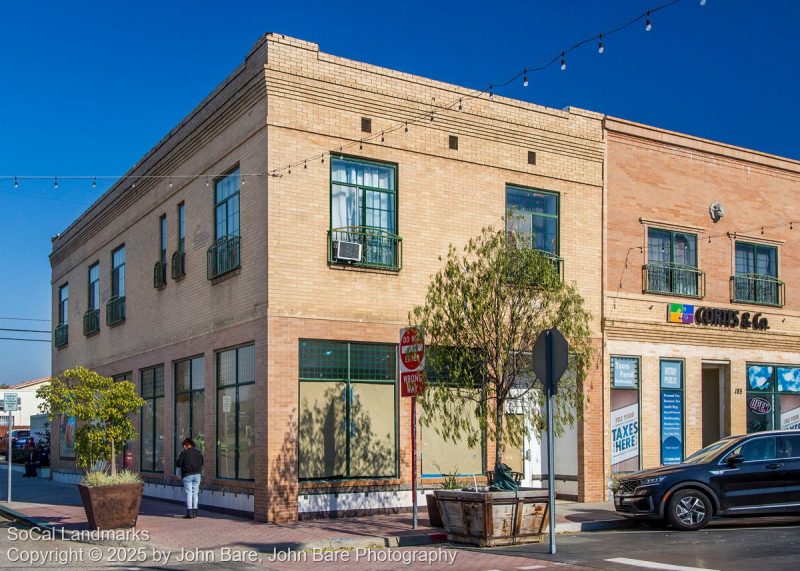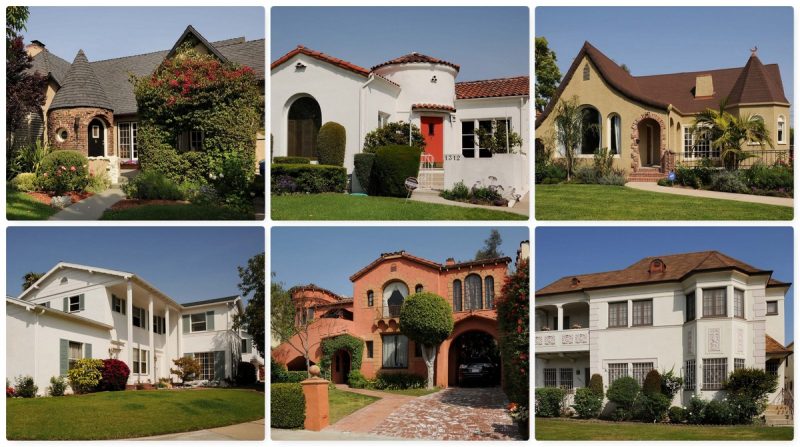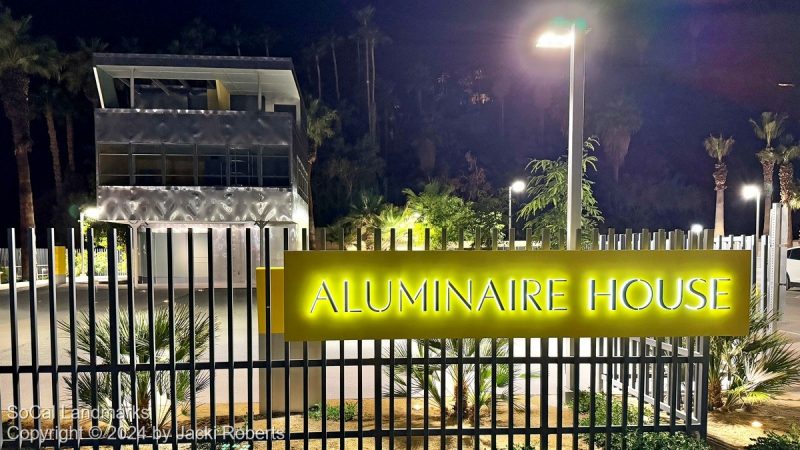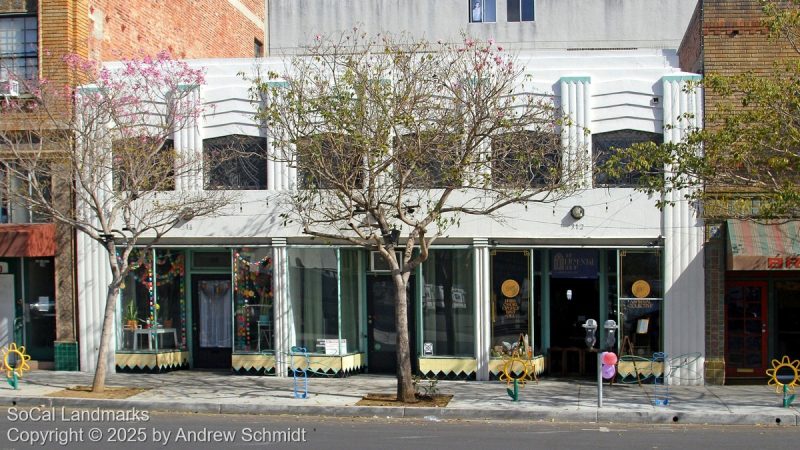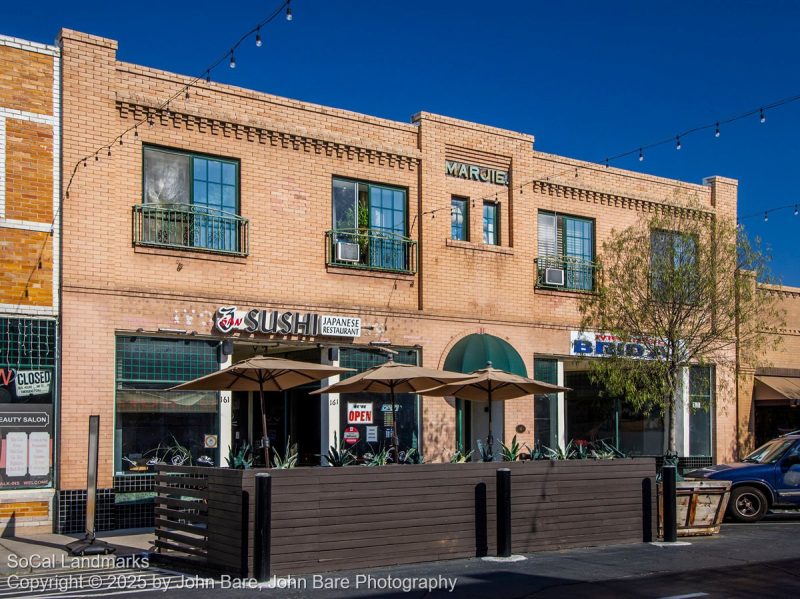Pinney House Hotel
The 24-room Hotel Sierra Madre, built in 1887, was designed by Samuel and Joseph Cather Newsom. The Pinney House, as it came to be called, was used as a sanatorium, boarding house, ballroom dance studio, apartment complex and film location.
More info & images
